WINTER SCOUTING TIPS
What to look for while winter scouting!
Owen Brick
2/3/2025
Whether you hunt public or private land, it is important to scout in the offseason to improve your understanding of the habitat and deer herd!
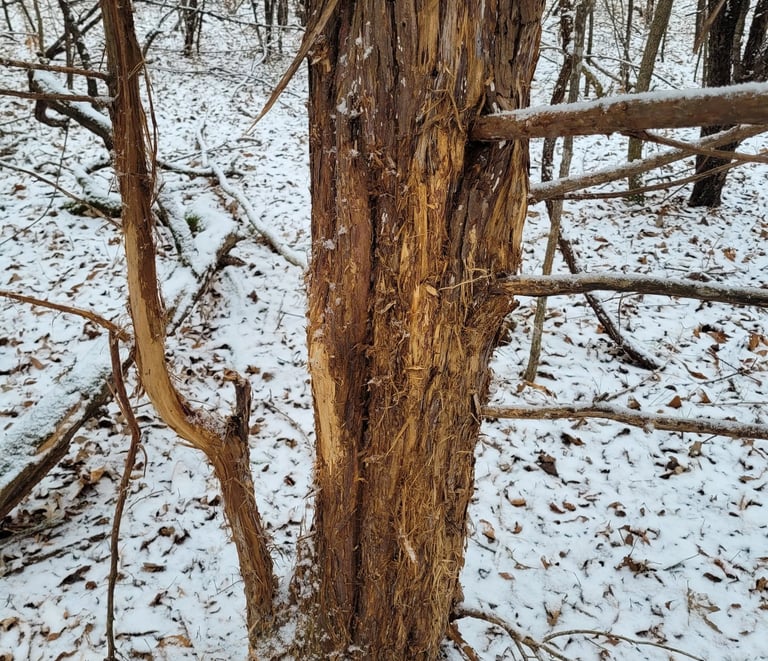

TIMING:
The best time to scout during the winter is right after the season ends. This is when deer sign will be most representative of fall sign. In most areas, deer will still be in their fall movement patterns, so it is a great learning opportunity! The longer you wait after the season to scout, the less likely you will find fall sign since deer will be in their winter and spring patterns. Many beds and high pellet count in March and April, generally do not equate to fall patterns. The sign you find in the spring can be deceiving, so it is best to get out and evaluate your property right after the season ends!
When scouting in the winter, here are a couple of things to look for:
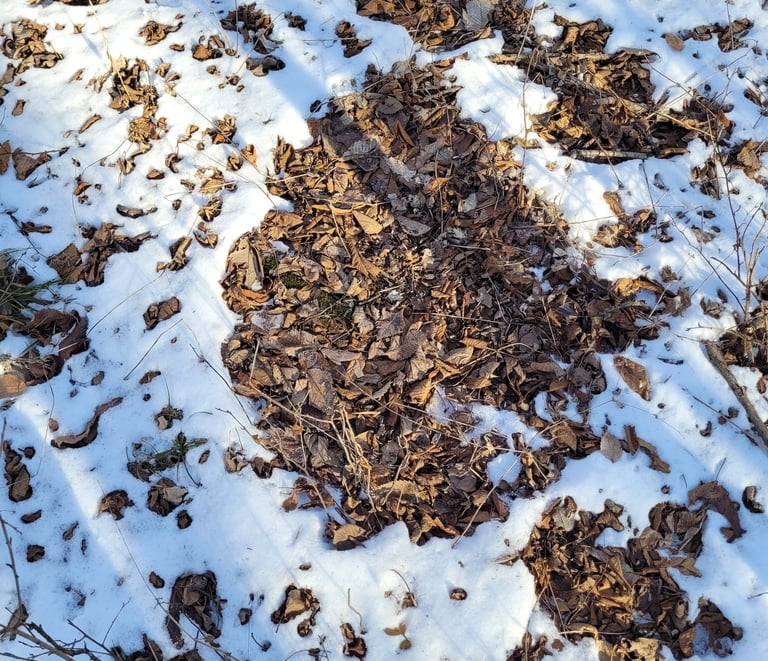
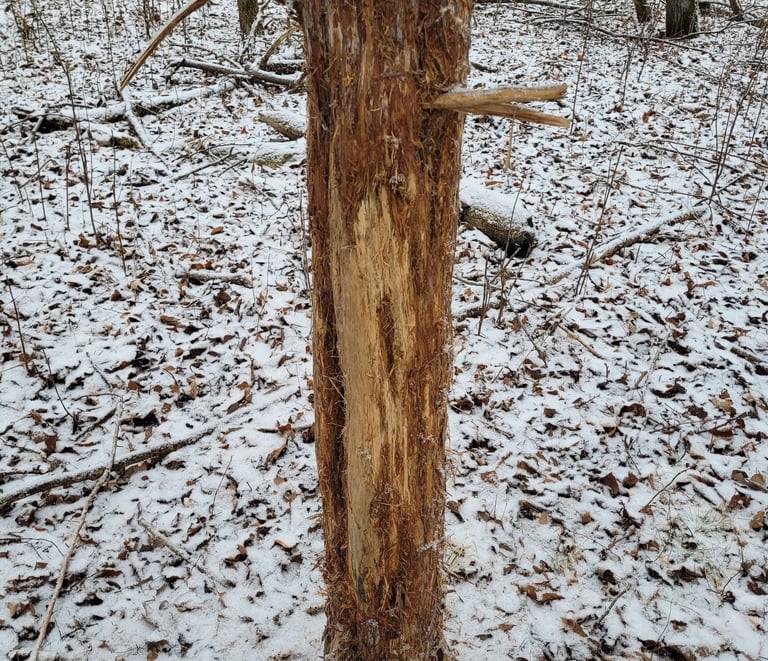

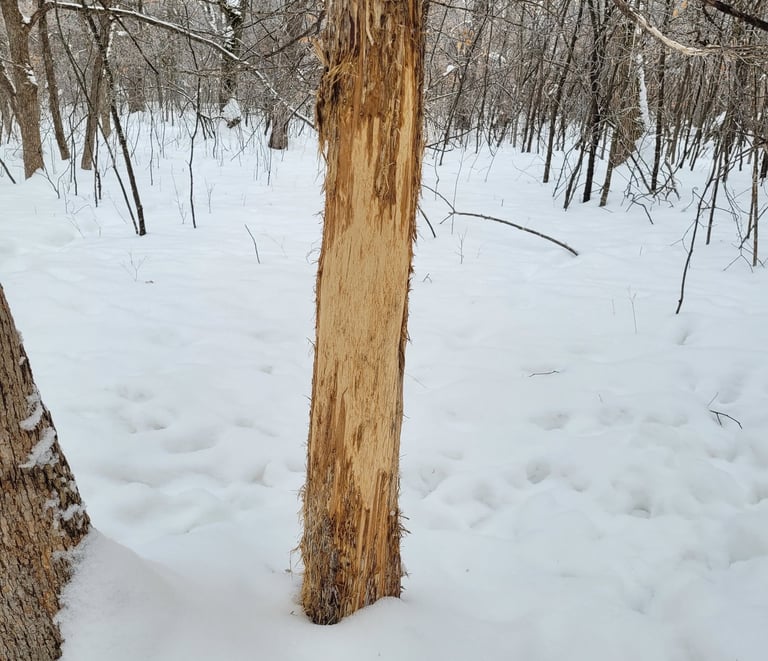

MATURE BUCK SIGN:
For starters, look for confirmation that bucks are using the bedding areas you expected and planned for them to use based on depth of cover. I am looking for many extremely shredded trees with large rubs in a concentrated area to confirm that bucks are using the area we expect them to. Mature bucks lay down far greater amounts of sign than young bucks. Thus, finding an area filled with many large rubs is a possible indication of a mature buck area.
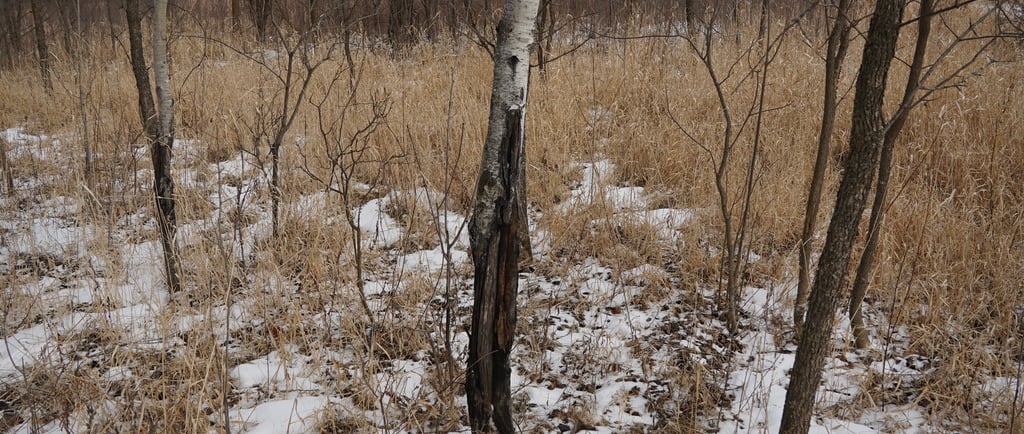

HISTORIC SIGN:
Just as important as fresh sign is historic sign. When you find trees that have been carved out significantly from seasons ago, it tells you that bucks have been using this location for years. Finding both historic sign and fresh sign in the same location is best.
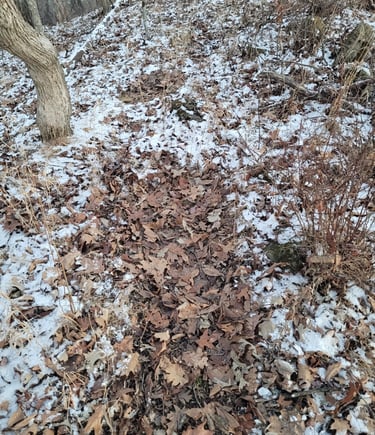
BEDS:
Another great benefit of scouting in the winter is snow! If it is present, snow can help distinguish the exact location and size of deer beds. Similar to pellets, big beds and small beds in one location indicate doe and fawn use, while multiple big beds in one location can indicate buck use. What is considered “big” is relative to your area. Regardless, a large, mature buck bed is significantly larger than a fawn bed. This quick tip will help you easily differentiate between does and fawns vs buck bedding areas.
PELLETS:
Pellets can tell you a lot about a location as well. Big and small pellets indicate does and fawns. On the other hand, big, solid pellets indicate mature bucks. Don't worry about the consistency of the dropping, deer scat will be a representation of their food source at the moment - similar to humans.
EVALUATE & BUILD:
Begin your scouting mission with a clear purpose and defined expectations. Identify key areas you wish to assess—such as doe and fawn bedding areas, buck bedding areas, travel routes, etc. When your scouting mission is complete, compare the reality you found with your initial expectations. Extensively evaluate the areas of success and those in need of improvement. With an understanding of the strengths and weaknesses of your hunting parcel, you can begin implementing improvements based on an optimized plan. Start designing and building long-term success today.
Check out our other article Post Season Property Evaluation if you are looking to critically evaluate your previous season.
CONCLUSION:
Scouting in the winter can provide valuable insight into your habitat and herd. Apply these scouting tips and you will enter next season with reassurance and confidence because you scouted properly and developed a plan for your habitat!
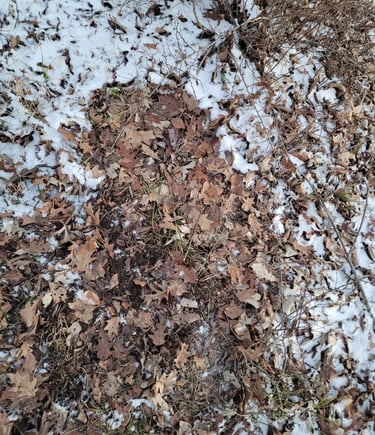
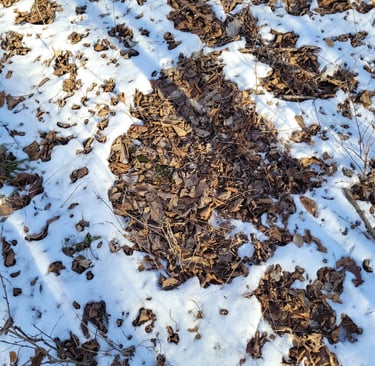
Copyright© 2025 WHITETAIL SYSTEMS AND SERVICES, LLC
